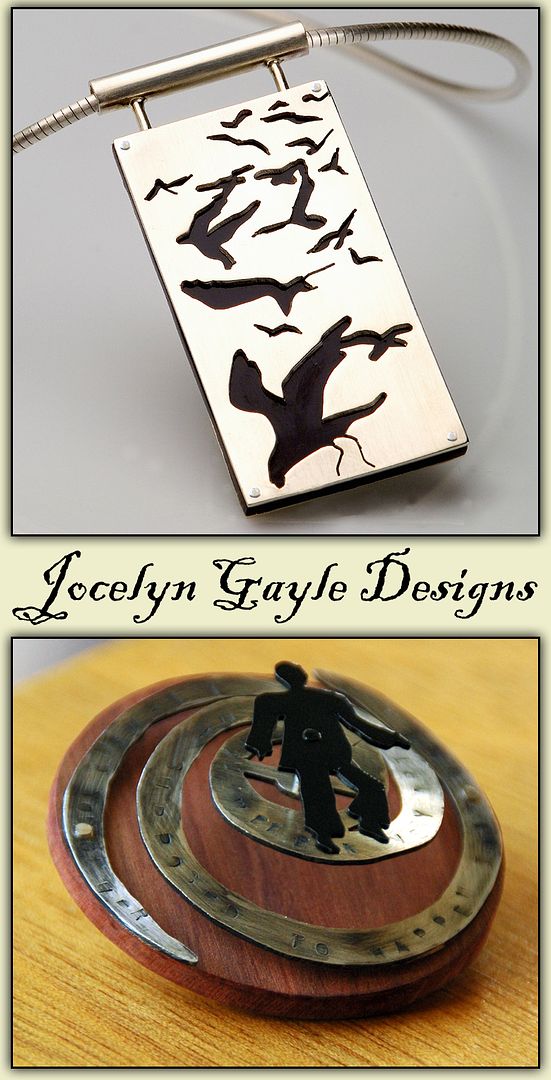
From the old photographs, their faces gaze out at us across the mists of Time.
Their identities are lost to us now. All that remains is the elusive reflection of light against mirrored silver.
These are daguerreotypes.
Daguerreotypy was the first commercially viable photographic process. The first examples appeared in 1839-40; by 1855, the process had mostly died out, replaced with newer, less expensive (and less toxic) methods: ambrotypes, tintypes, and wet-plate glass.
To make a daguerreotype, you needed a highly polished copper plate, upon which was electroplated a thin layer of silver. This, too, was polished to a mirrorlike shine. The plate was then exposed to bromine and/or iodine vapors to render it light-sensitive.
Once the photograph was taken - exposure times varied, but could be as many as ten or twenty minutes long - the plate was removed from the camera and developed by exposing it to the fumes from heated mercury. A quick was in sodium thiosulfate (“hypo”), and the image was made permanent. All that remained was to seal the plate under glass to prevent tarnishing.
The photographs above are quarter-plate daguerreotypes, measuring 3 1/4 by 4 1/4 inches. Like all daguerreotypes, they are originals - there is no negative - and the image is reversed right-to-left. They can only be viewed indirectly, as the image is fleeting, evanescent, delicately impressed into the mirrorlike surface of the silver plate.
I look at these faces across the gulf of Time. The photographs are at least 150 years old and possibly (albeit not probably) as old as 165 years. The stoic-looking faces captured on these shiny plates have been dust now for a century or more.
Could they have imagined that someone would gaze upon them, so many years thence, and wonder what sort of people they were? What they sounded like, smelled like, how they ate and drank, how they spent their days?
And will anyone ask the same questions of us 150 years hence?




















No comments:
Post a Comment